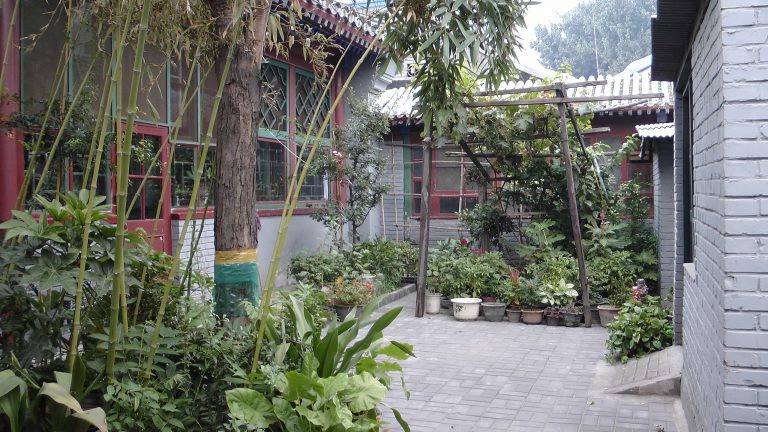Feng shui (風水), translated literally as “wind water,” is the ancient Chinese practice of aligning physical and energetic elements of an environment to achieve harmony and balance, resulting in improved energy and mood for those inhabiting the space.
While it is often misconstrued as a magical tool for promoting wealth and good fortune, the most basic principles of feng shui are logical and easy to apply, being so fundamental that even animals are known to practice them. We are all innately aware of what makes us feel safe, calm, and balanced, although we may have lost touch with some of those senses.
The Industrial Revolution led people to turn their backs on traditional ways of living and thinking. With increasing technology, balance and harmony were largely forgotten, personal and environmental stress increased, and disease grew more common. Feng shui can help us reunite with and respect the natural elements around us, improving our overall state of being.
Humble beginnings of feng shui
While all ancient cultures have used intuitive geomancy to shape their environment in auspicious ways, the specific art of feng shui is believed to have been introduced some 4,000 years ago in China, largely as an aid to agricultural endeavors. Farms that took nature’s characteristics into careful consideration were better able to deal with its destructive forces.
Later, feng shui was employed spiritually, in locating optimal burial sites to honor the deceased. Techniques became more precise with the invention of the compass (羅盤 luo pan) during the Han dynasty, and by around 2,000 BC feng shui was being used in both city planning and architecture.
Success
You are now signed up for our newsletter
Success
Check your email to complete sign up
Since feng shui revolves around our relationship with the natural elements, it is widely applicable today in green architecture, ecological efforts, and sustainability.
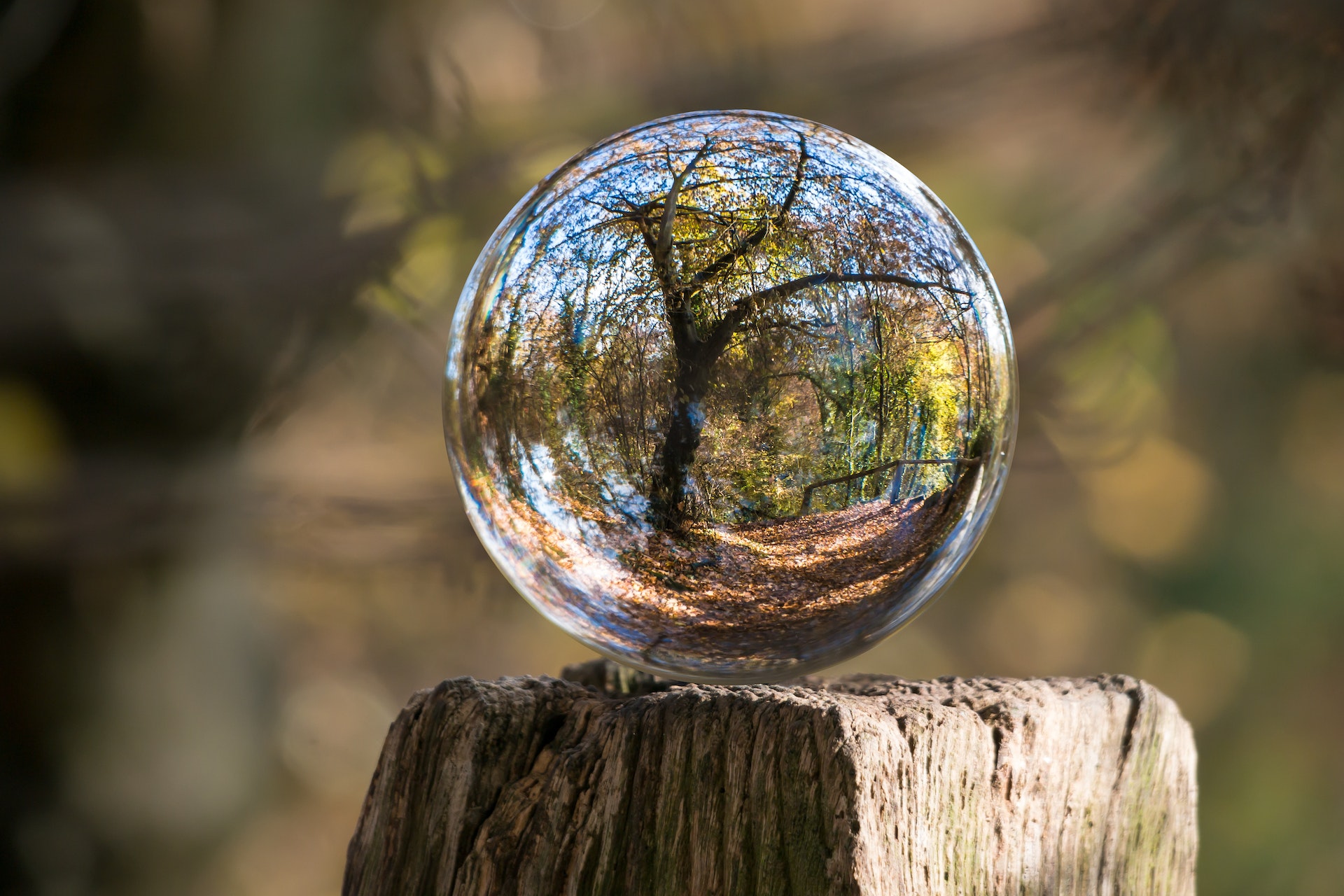
Various feng shui methods
There are two main schools of feng shui: form feng shui and compass feng shui. There is also something called “flying star feng shui” — a complex system using numerology, and “black hat feng shui” — a modern interpretation that utilizes symbolic objects and focuses on intention. Here we will adhere to tradition.
Form feng shui
Form feng shui looks at the relationship between physical factors, including landforms and environmental aspects of an outdoor space, or the nature and positioning of different objects within an interior space.
Largely intuitive, form feng shui involves organizing our space for safety and comfort. Feelings of fear and discomfort contribute to chronic stress, a recognized burden to our immune system. By creating a safe environment where we feel both comfortable and nurtured, we generate an atmosphere that reduces stress and promotes wellness.
Basic principles of form feng shui include, protection, cleanliness, balance, and minimizing the presence of sharp or threatening objects.
Compass feng shui
Compass feng shui examines the relationship between the five elements (五行 wu xing): metal, wood, water, fire and earth, and their influence on different aspects of our lives.
This school is based on the eight trigrams, or bagua (八卦), an ancient, enigmatic diagram depicting the natural flow of energy related to all of man’s interests. Bagua is believed to be a gift from the divine, first appearing on the shell of a tortoise to the sage Emperor Fu Hsi.
Deciphering the markings revealed profound cosmic connections between nature and man, heaven and earth. Compass feng shui promotes balance and harmony through adjusting the strength of the elements associated with the space in each compass direction according to the purpose of the space.
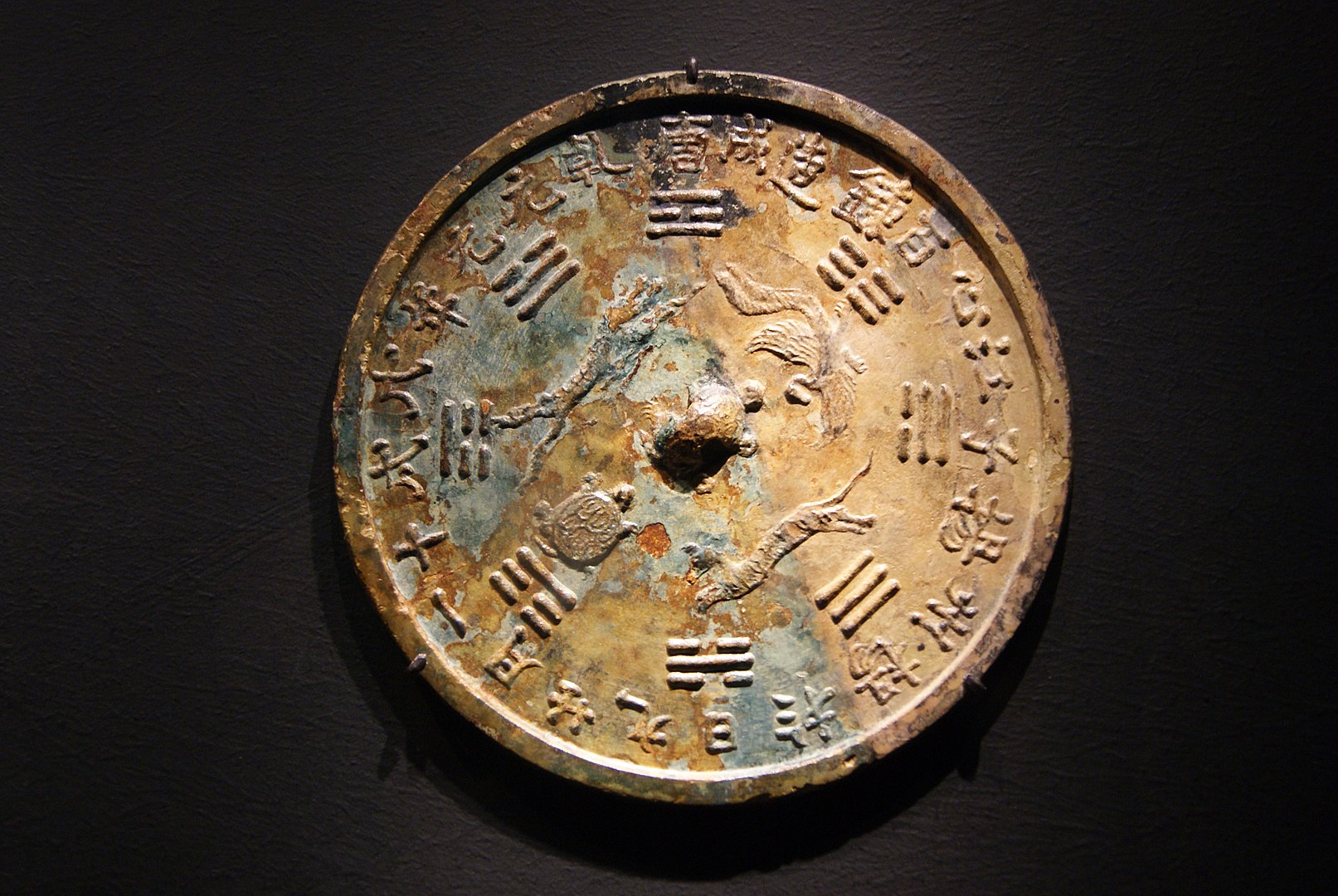
Applying the basic principles of feng shui
The most fundamental principles of feng shui involve addressing our basic needs. Protection, cleanliness, nurturance and balance will make any space feel like home.
Protection
To feel comfortable and relaxed, one needs to feel safe. People tend to feel safer with their backs to a wall or other solid feature, as this enables us to see any approaching danger. This can be applied in the placement of seating, sleeping arrangements and even housing location — the most desirable site being on a hill facing out.
Sharp objects are considered threatening. Knives and pointy shapes make people feel uncomfortable — even pointing a finger is regarded as rude by most cultures. To instill a sense of relaxation, keep knives and other weapons out of plain sight. Soft, rounded features and floral patterns on furniture and decor are preferable over sharp edges and geometric designs.
If you love plants indiscriminately like I do, there is no need to dispose of your spiky succulents. You can place them strategically, perhaps as protection against the negative energies from a neighbor’s offensive tastes.
Cleanliness
Keeping a clean and tidy home not only helps prevent the spread of germs and viruses, it promotes a clear mind and a calm heart. Clearing the clutter — both indoors and out — can generate a burst of energy, as we let go of unnecessary objects that have burdened our minds and sapped our energy.
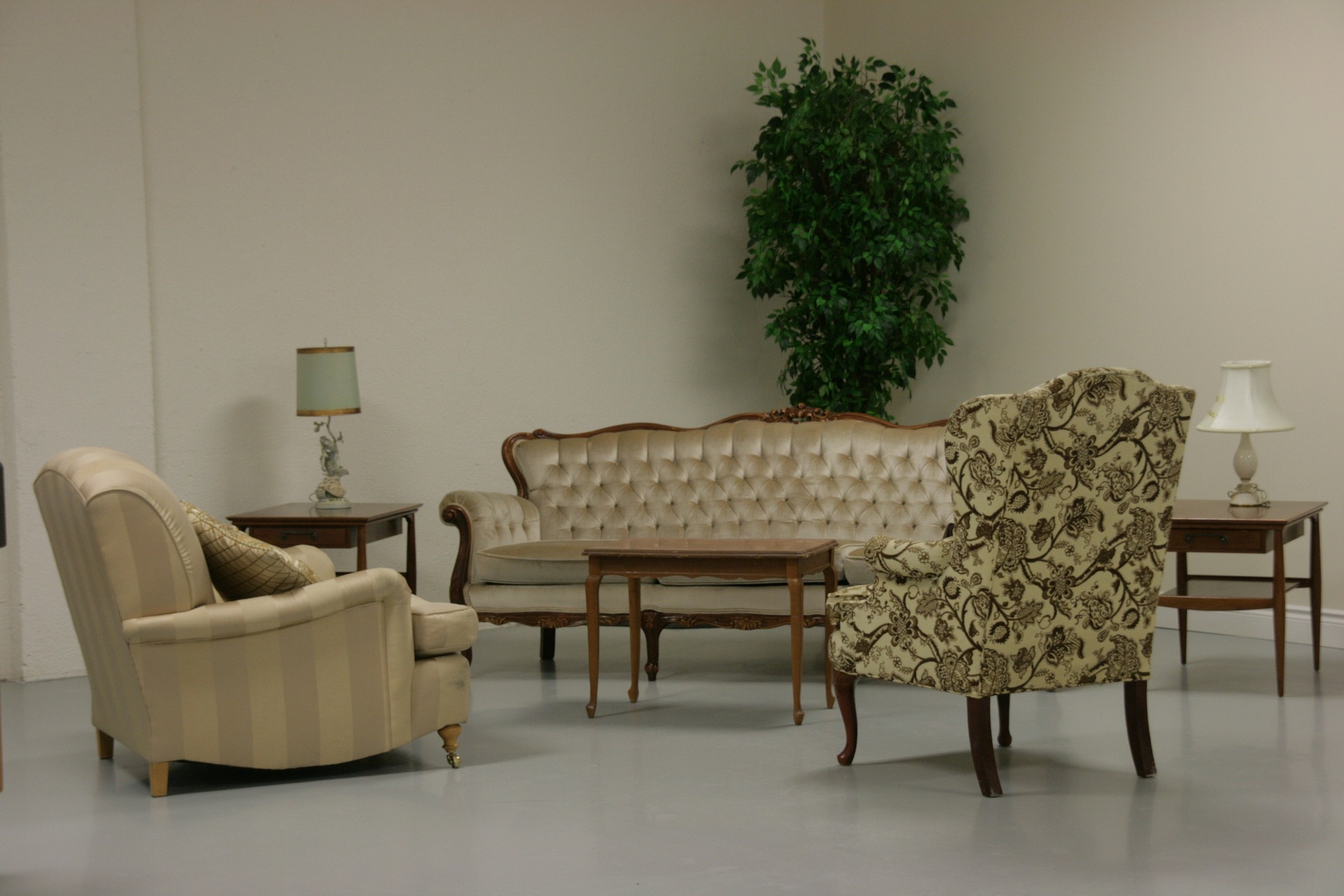
Very perceptive people have long understood that everything has life, and science has verified that different objects have different vibrational energy fields, which interact with and affect one another. A room where much sadness was experienced, for instance, may carry a strong negative energy that needs to be cleared to enable others to enjoy the space again.
There are a variety of space clearing methods, where one uses light, sound, scent or meditation to dispel lingering negative energy. Choose one that suits your tastes for any room that feels clearly, yet inexplicably uncomfortable.
Nurturance
For a space to promote growth and productivity, it not only needs to provide a sense of security; it also needs to nurture the soul. A sterile, lifeless room may seem refreshing at first, but without some personal touches to stimulate interest and imagination, it would soon feel more like a prison cell.
Objects from nature have always been used as a way to make the home feel more comfortable. Plants, seashells, stones, water features, and images of landscapes all have a soothing effect on the spirit, which can open the door for inspiration.
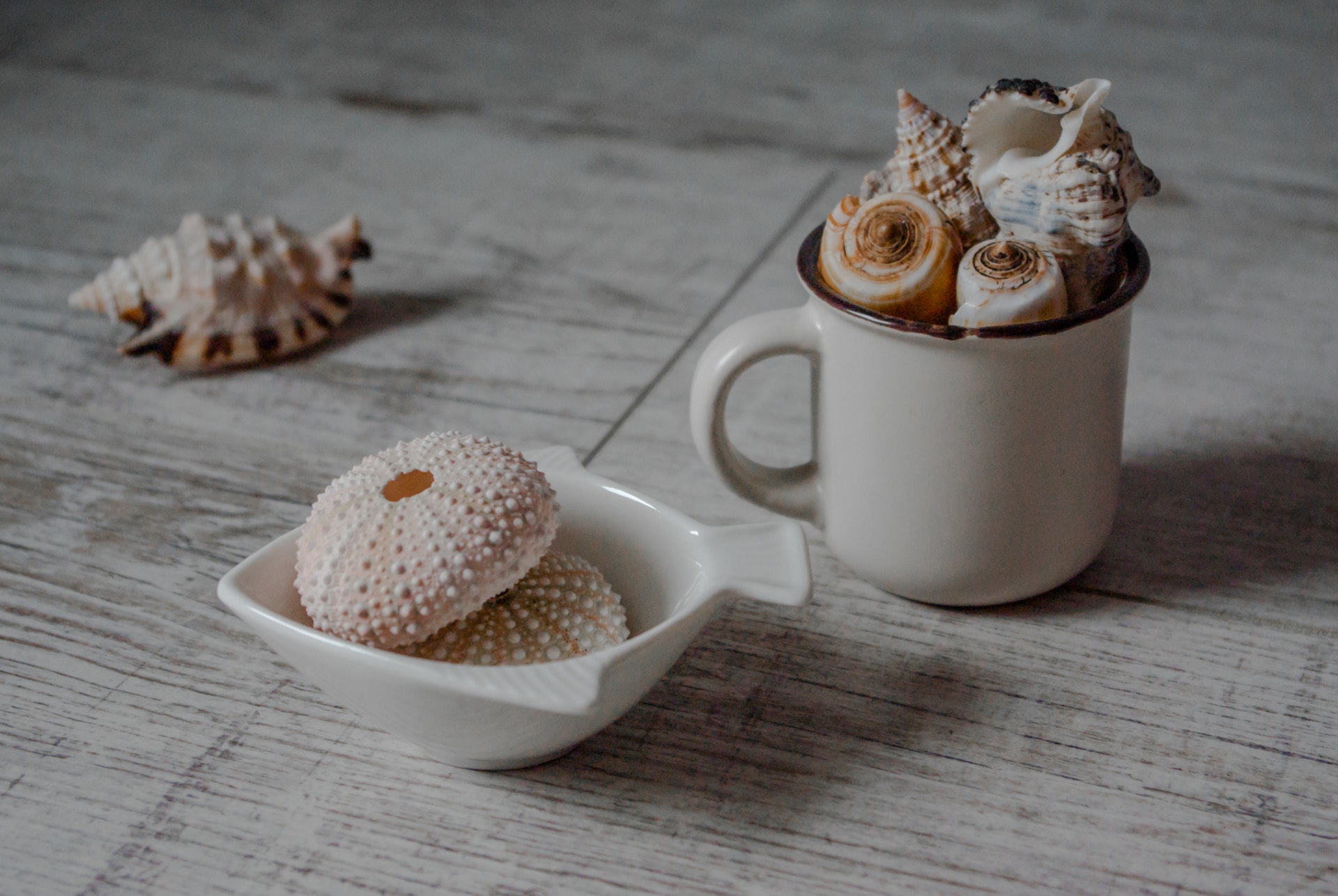
The use of natural — rather than man-made — materials in the home helps us feel connected with nature and at ease with our surroundings. Natural materials like wood and stone have many practical advantages as well. They are durable, easy to maintain, more attractiv,e and more comfortable than man-made imitations. Natural fabrics are also preferable to polyester for minimizing microplastics in your living environment.
Balance
In many ways, imbalance is easy to detect and quick to remedy. When we feel a chill, we put on more clothes; if the radio is too loud, we turn down the volume; when it’s too dark to read, we bring in some light. Feng shui addresses imbalances of not only the physical realm, but at the spiritual level as well.
The two characters 風 (wind) and 水 (water) that make up the word feng shui could be said to represent the spirit of energy — ever changing, with the inclination to flow. When there is imbalance, energy gets stuck, and feelings of anxiety, frustration, resistance and tension arise.
In order to recognize and treat imbalance of the spiritual realm, it helps to have a basic understanding of the five elements.
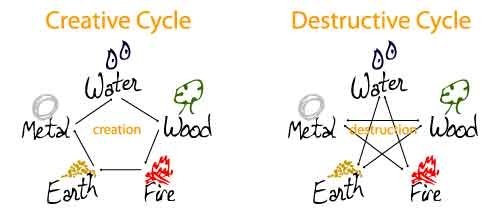
Understanding the five elements
According to ancient Chinese wisdom, the five elements of metal, wood, water, fire and earth constitute all the myriad things in the universe. They are part of a dual cycle of creation and destruction that is both predictable and manageable. Learning to recognize the elements in your surroundings will enable you to balance their energy and promote harmony in your life.
The productive cycle flows positively from water to wood, wood to fire, fire to earth, earth to metal, and metal to water; as each element feeds or nurtures the next consecutive element in the cycle.
The destructive cycle is not the opposite as one might imagine. Instead, this relationship is a tie between the two elements furthest from each element pictured in the pentagonal diagram. In this sequence, water weakens fire, fire weakens metal, metal weakens wood, wood weakens earth, and earth weakens water.
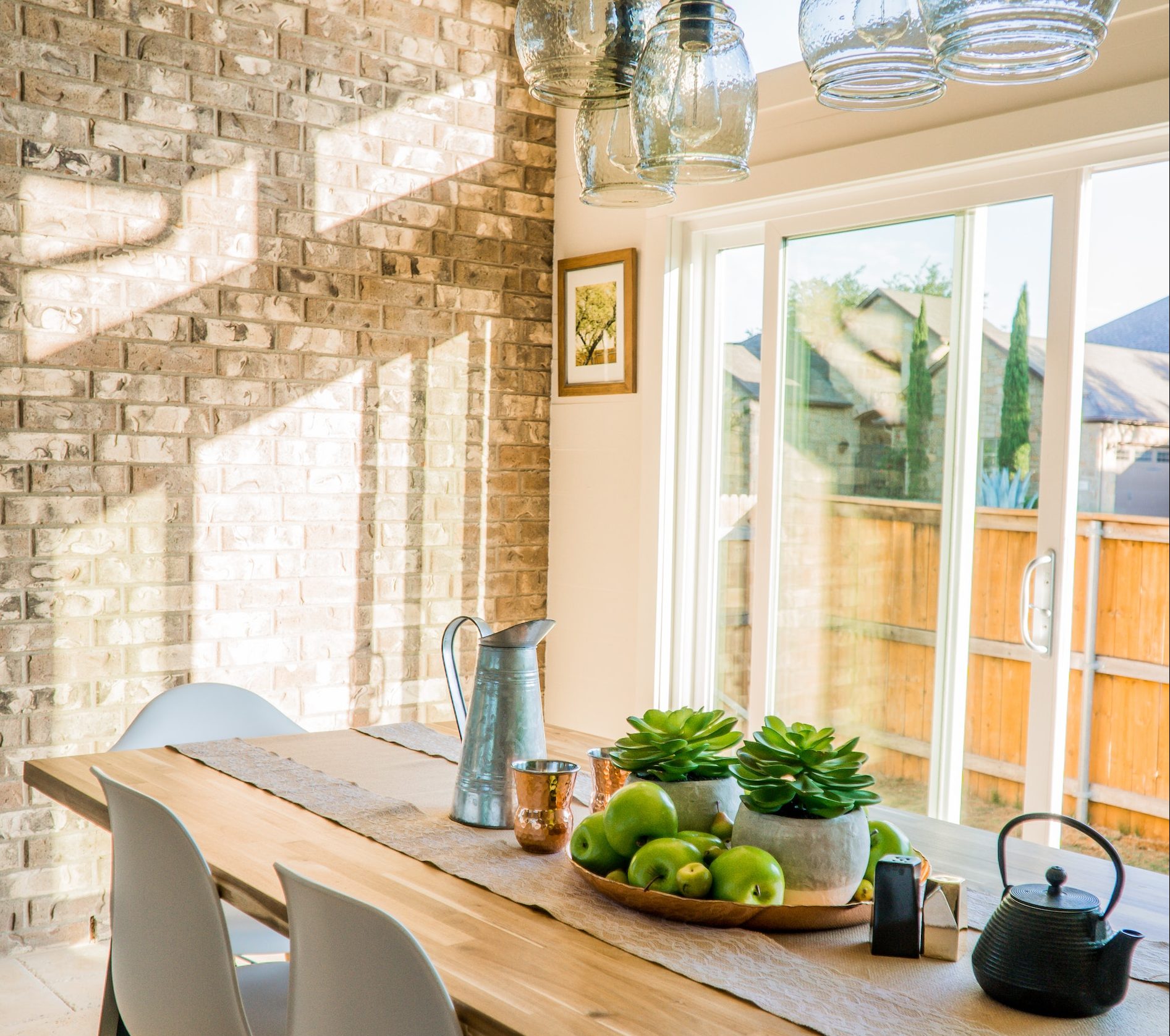
To see how everything is made up of these five elements, we need to expand our perception of them.
Wood does not only refer to lumber and trees, for instance; it also includes all living and non-living plants, and the natural products made from them. The wood element is represented by shades of green and tall vertical shapes.
Fire, likewise, is not limited to the hot flame that first comes to mind; it includes various sources of heat and light — electric, solar, and of course burning fuel. Shades of red and triangular shapes or cones symbolize the fire element.
Water is present in many forms — from oceans and rivers to aquariums and birdbaths. Items made of glass are also categorized as water elements, for the shiny reflective surface is characteristic of water. Shades of blue and curved, free-form shapes represent the water element.
Metal is represented by any and all items made of metal, including your stainless-steel kitchen faucet, gold jewelry, wind chimes, and coins. This element is characterized by rounded shapes and light colors like gray, silver and white.
Earth is an element made up of minerals. Sand, stones, crystals, ceramic, brick and cement all constitute the earth element. While we often use the words soil and earth interchangeably, fertile soil would have a considerable amount of organic matter — which would be considered a wood element. Crystalline shapes like cubes and squares, and the classic earth tones represent this element.
Putting feng shui into practice
With this basic information, we can assess what the predominant element in any given space is and bring it into balance as necessary.
For example, a bedroom with solid wood furnishings plus wood floors might benefit from some metal elements. A brass lamp on the end table, a large mirror, or Tibetan singing bowls would help balance the wood element, which, in excess, can invoke feelings of anger.
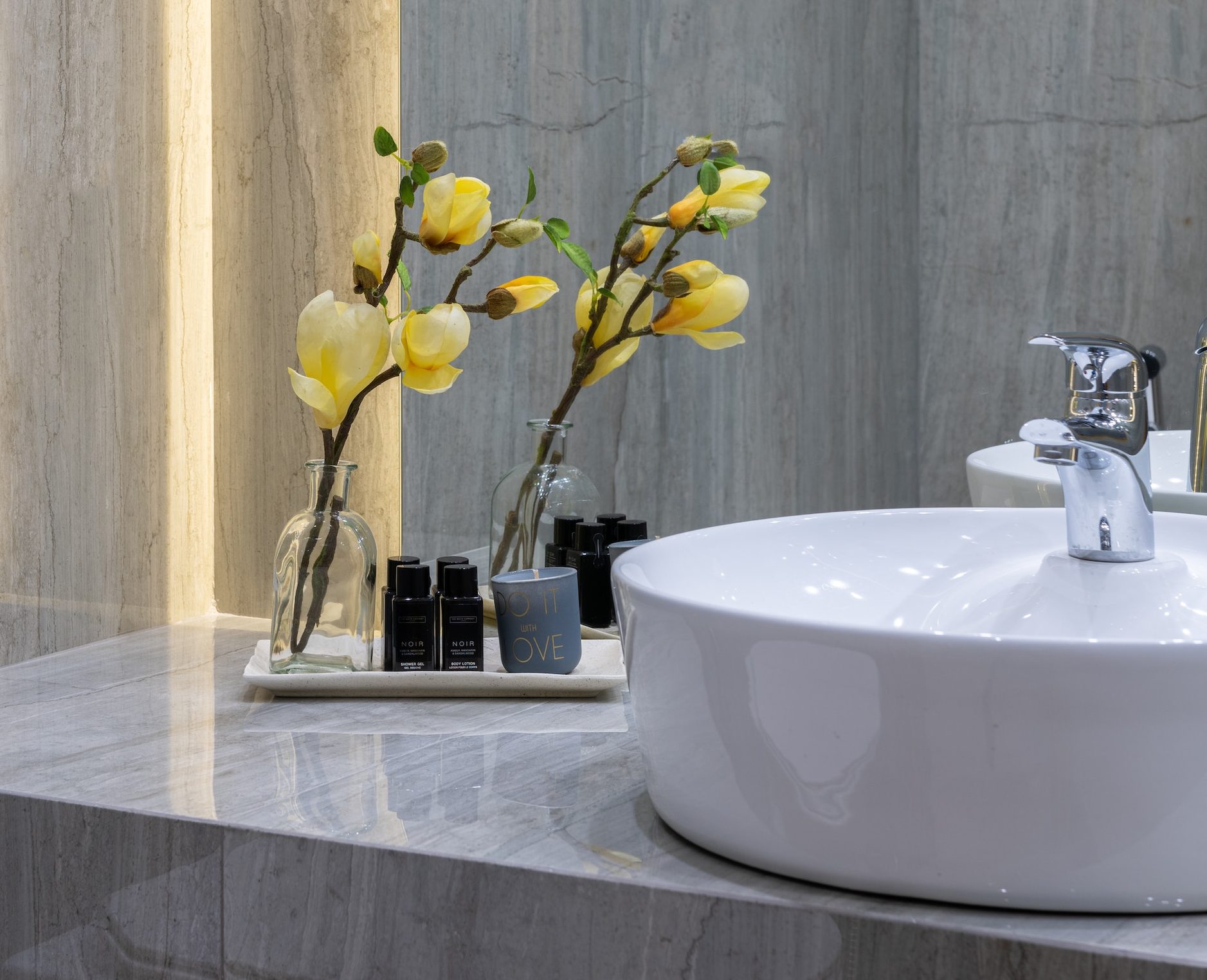
A room that is predominantly water, such as the bathroom, would be balanced by earth elements. There is feng shui logic behind tiled showers and porcelain basins! Fear is the emotion associated with water, so if you suffer from anxiety, you might find rock collecting or ceramics to be a nourishing hobby.
Conversely, the kitchen might have an abundance of earth elements, with granite countertops, earthen cookware, and ceramic dishes. Potted herbs, cotton dish cloths and natural wood cabinets or cutting boards can improve your cooking experience by reducing worry — the emotion associated with excess earth element.
A garage filled with cars, bikes, and tools would have an excess of metal, the element associated with sorrow. For balance, introduce the fire element with abundant lighting and a source of warmth.
Fire, a source of joy, is unlikely to overwhelm any room — unless you have a red room with a fireplace and a large screen TV; in which case you could balance it with water elements. It is crucial, however, to include some fire elements in every space. Sufficient lighting is known to be important for mental and physical health, but who knew it was also feng shui?
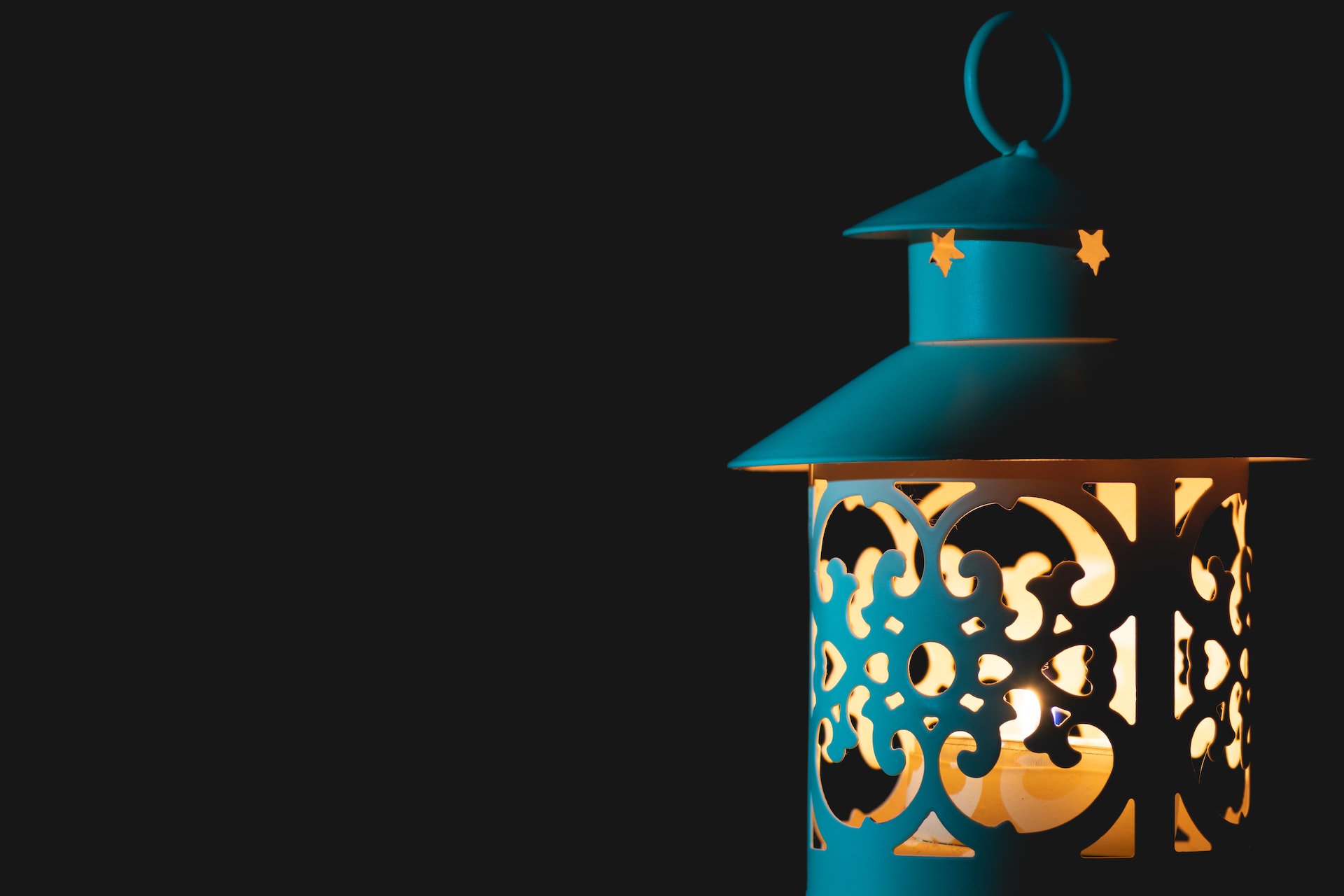
While feng shui can be much more intricate and complex, those avenues are often used as means to achieve superficial advantages. The spiritual benefits of feng shui can actually be realized by creating an environment conducive to mindfulness and reflection.







